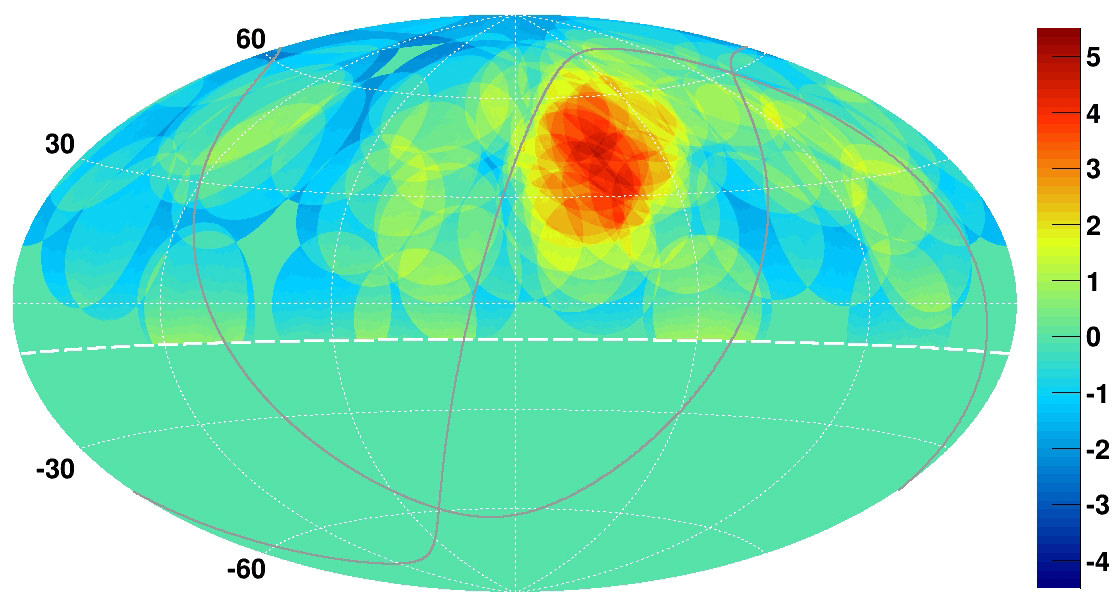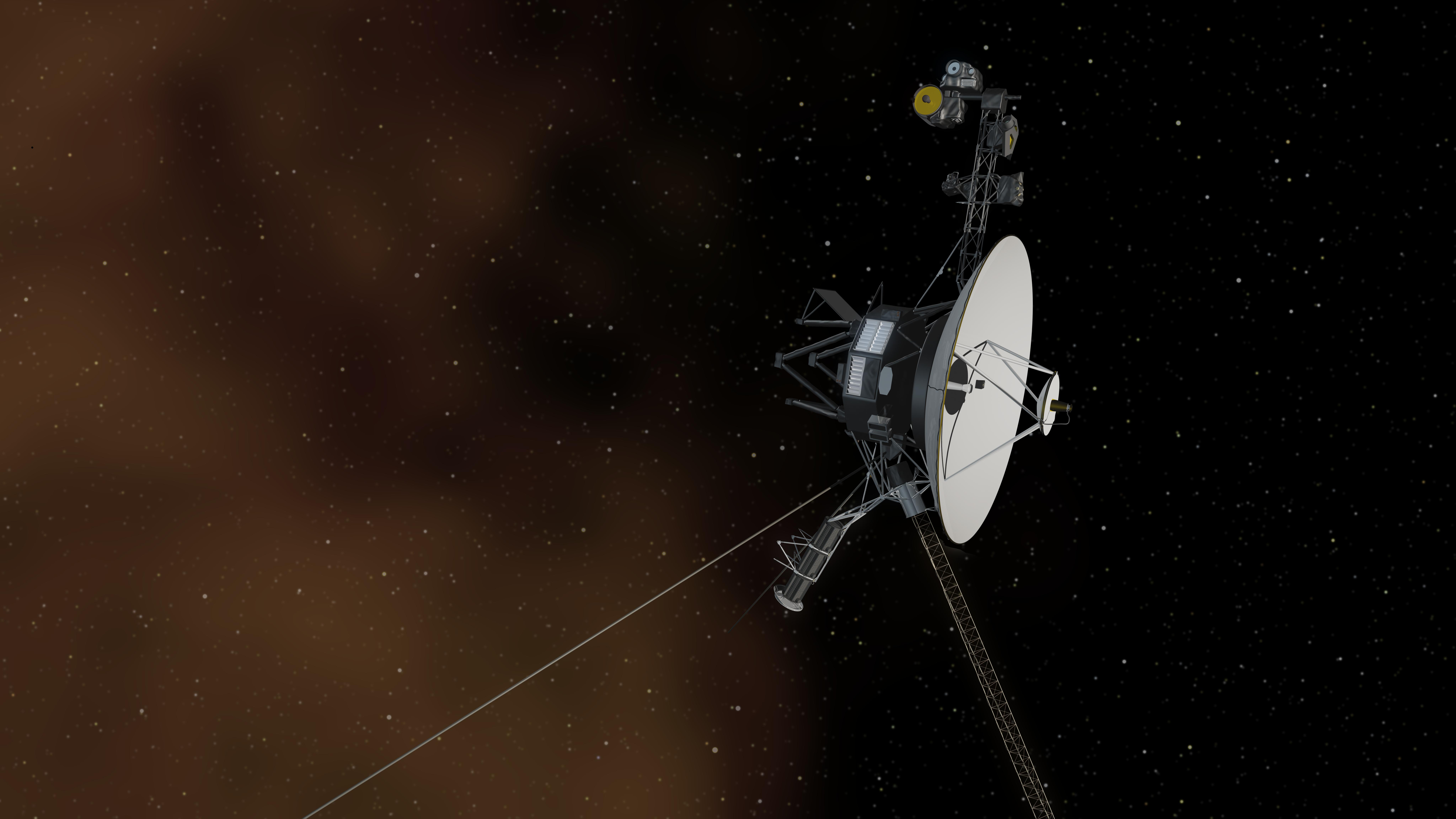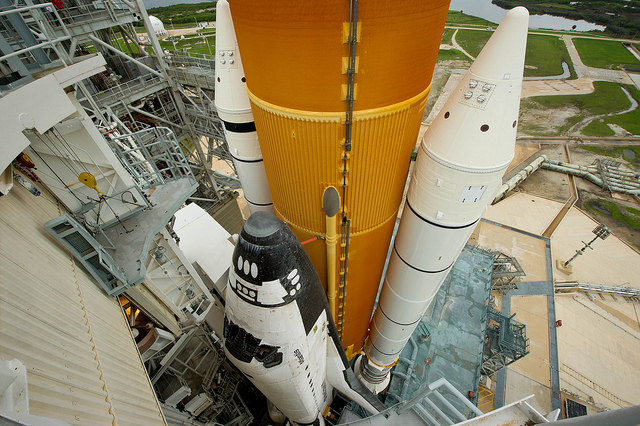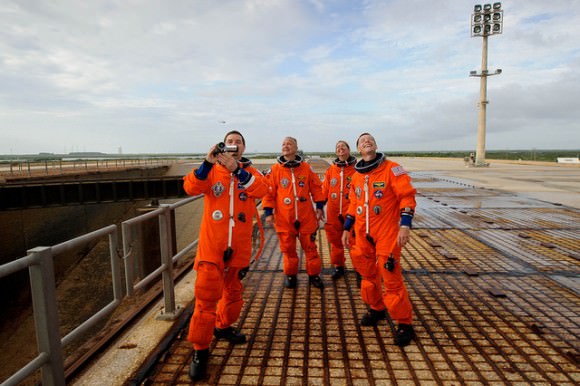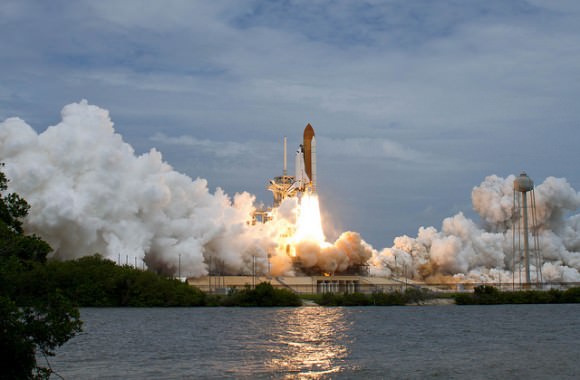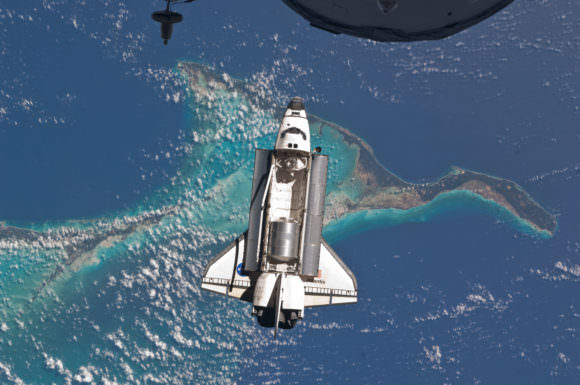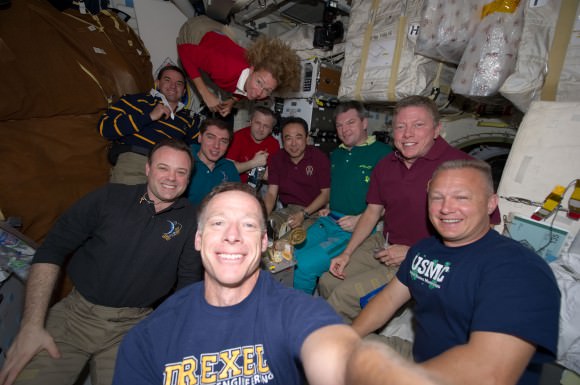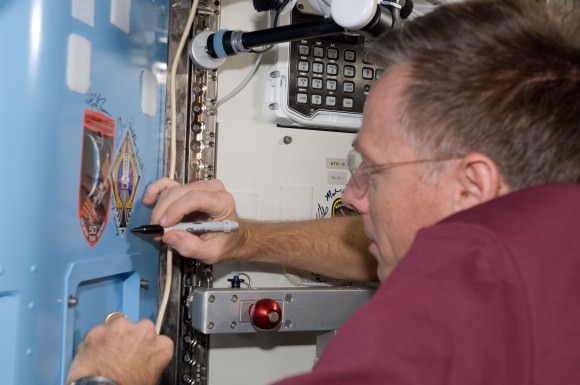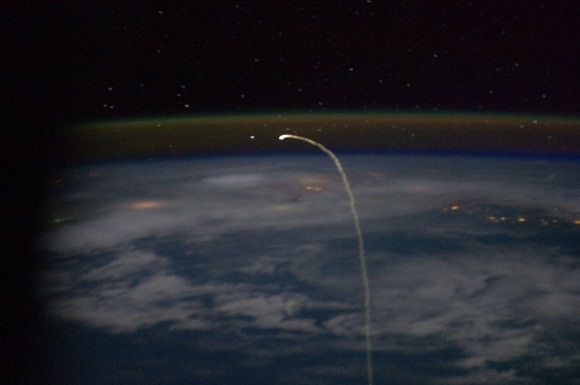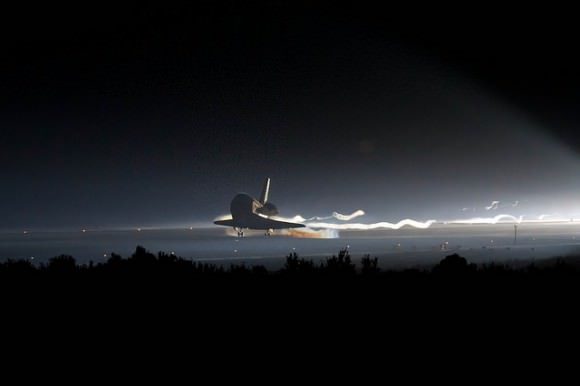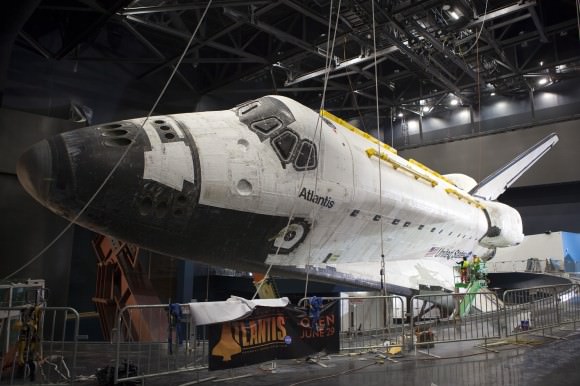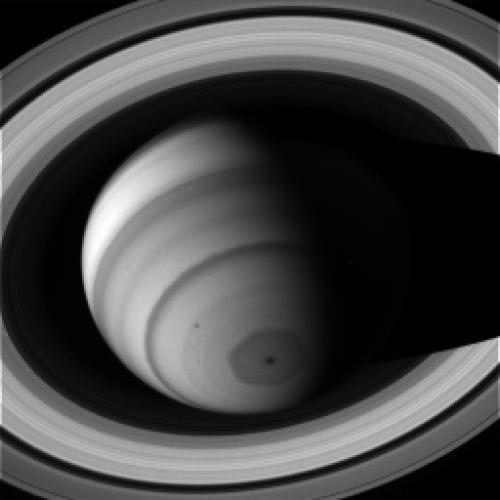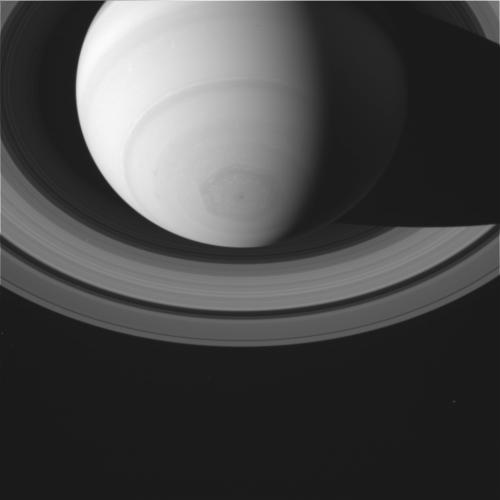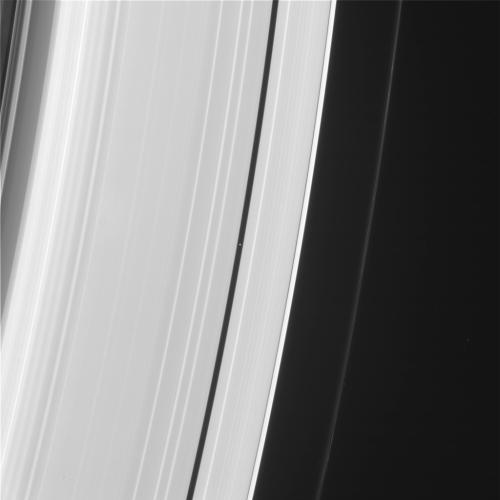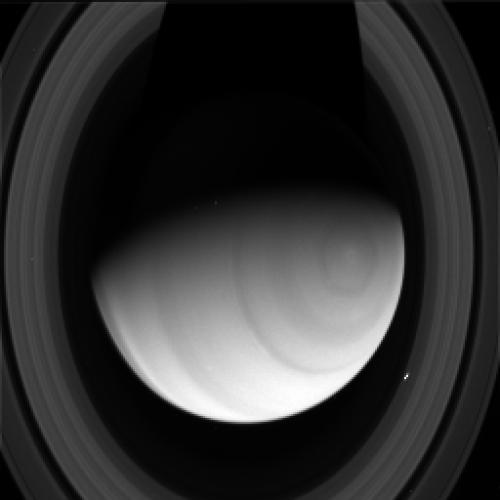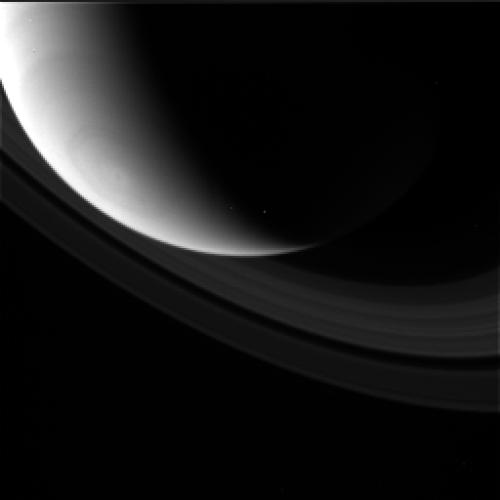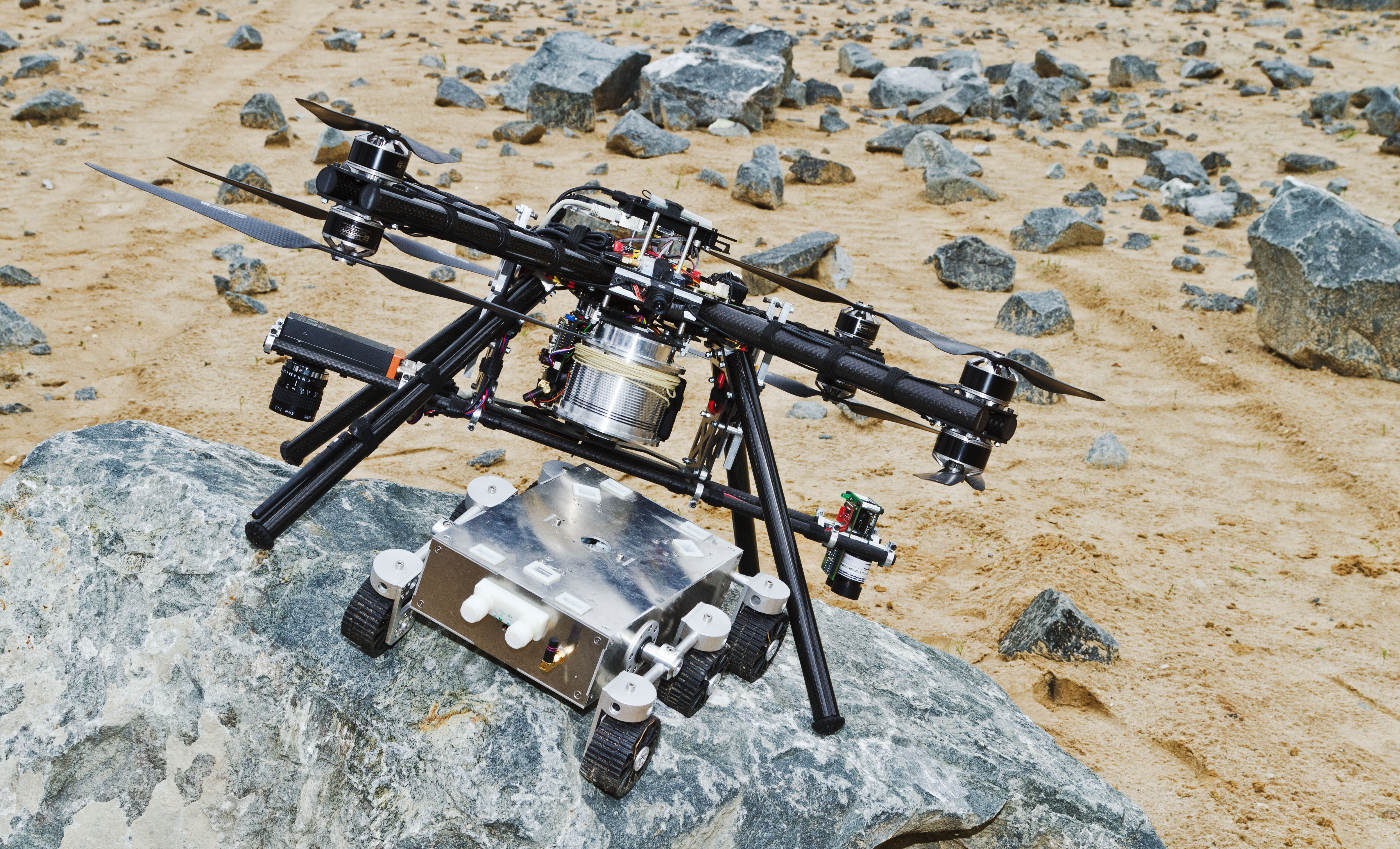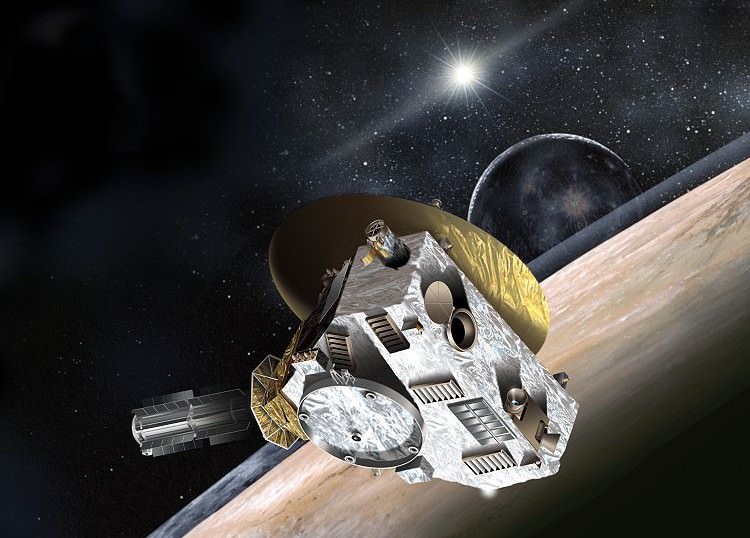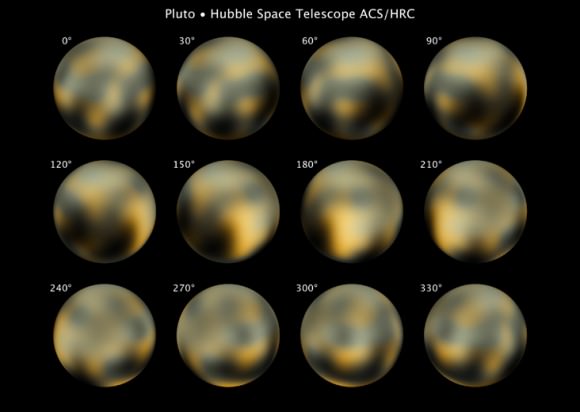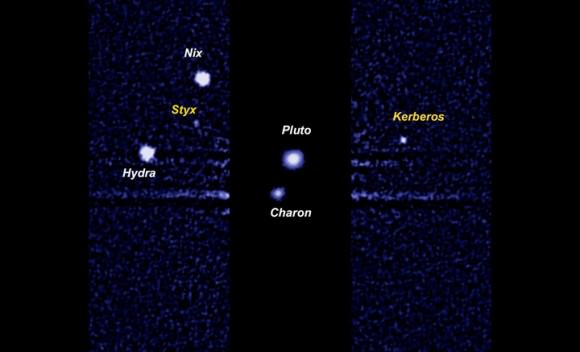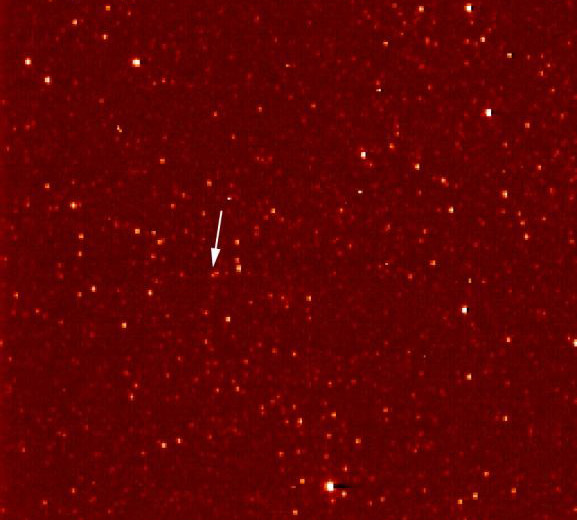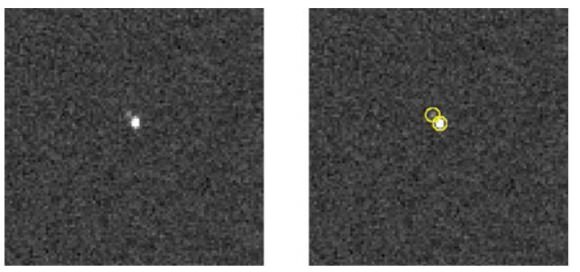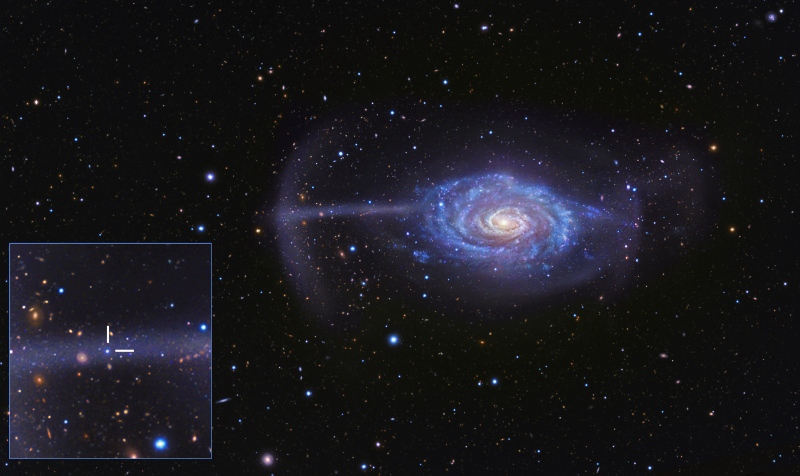Behind the Big Dipper is something pumping out a lot of extremely high-energy cosmic rays, a new study says. And as astronomers try to learn more about the nature of these emanations — maybe black holes, maybe supernovas — newer work hints that it could be related to how the universe is structured.
It appears that the particles come from spots in the cosmos where matter is densely packed, such as in “superclusters” of galaxies, the researchers stated, adding this is promising progress for tracking down the source of the cosmic rays.
“This puts us closer to finding out the sources – but no cigar yet,” stated University of Utah physicist Gordon Thomson, co-principal investigator for the Telescope Array that performed the observations. “All we see is a blob in the sky, and inside this blob there is all sorts of stuff – various types of objects – that could be the source,” he added. “Now we know where to look.”
The study examined the highest-energy cosmic rays that are about 57 billion billion electron volts (5.7 times 10 to the 19th power), picking that type because it is the least affected by magnetic field lines in space. As cosmic rays interact with the magnetic field lines, it changes their direction and thus makes it harder for researchers to figure out where they came from.
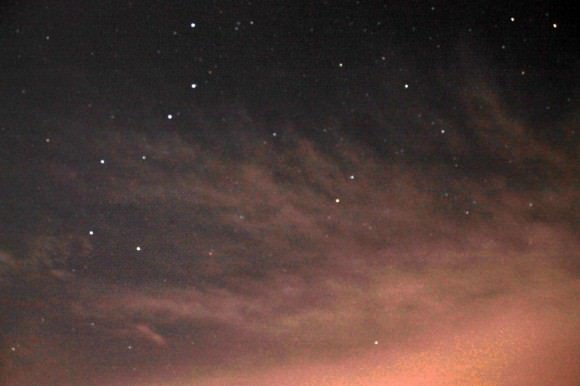
Scientists used a set of 500 detectors called the Telescope Array, which is densely packed in a 3/4 mile (1.2 kilometer) square grid in the desert area of Millard County, Utah. The array recorded 72 cosmic rays between May 11, 2008 and May 4, 2013, with 19 of those coming from the “hotspot” — a circle 40 degrees in diameter taking up 6% of the sky. (Researchers are hoping for funding for an expansion to probe this area in more detail.)
It’s possible the hotspot could be a fluke, but not very possible, the researchers added: there’s a 1.4 in 10,000 chance. And they’re keeping themselves open to many types of sources: “Besides active galactic nuclei and gamma ray emitters, possible sources include noisy radio galaxies, shock waves from colliding galaxies and even some exotic hypothetical sources such as the decay of so-called ‘cosmic strings’ or of massive particles left over from the big bang that formed the universe 13.8 billion years ago,” the researchers stated.
Cosmic rays were first discovered in 1912 and are believed to be hydrogen nuclei or the centers of nuclei from heavier elements like iron or oxygen. The highest-energy ones in the study may come from protons alone, but that’s not clear yet.
The paper is available in preprint version on Arxiv, and has been accepted for publication in Astrophysical Journal Letters.
Source: University of Utah

